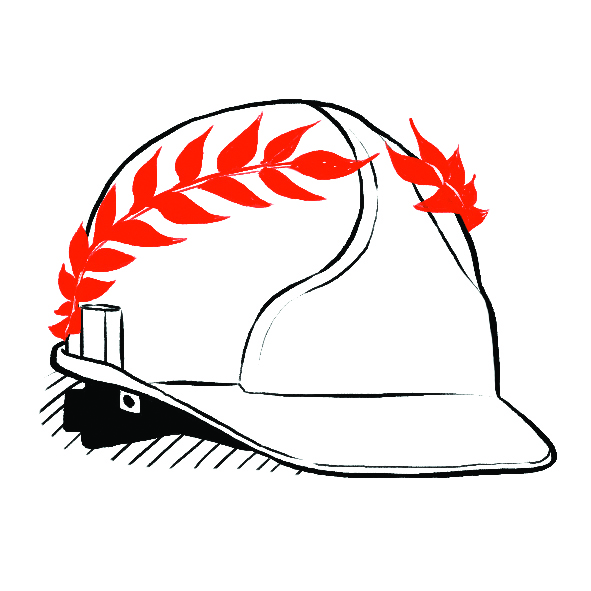I have taken a sabbatical from corporate life and as I write this I am experiencing, first hand, the cultures, history and architecture of the ancient world in Eastern Europe and Asia Minor.
Travelling through Turkey, the Balkans and the new countries born of the collapse of the Soviet Union, one cannot escape the striking diversity of the infrastructure that modern citizens of these countries have inherited. There are important lessons we should have learned from the past, but have we?
Roman engineering and construction techniques laid the foundation for our modern construction technology and methods – they created massive infrastructure across 5,000 kilometers of territory from northern Europe to northern Africa and the Black Sea in the east over a period of around 500 years from 27 BC. The Romans were dedicated master civil engineers and constructors using marble and hard rock, such as granite, transported from all corners of their empire to create cities comprising massive structures, water and transport systems, as well as public facilities that could accommodate thousands in stadiums. They invented concrete and the manufacture of kiln-fired red brick. They recycled materials and large building components as the empire expanded and contracted.
“Why did the Romans build so many ruins?” asked a tourist to our great amusement – fact is that their structures have outlasted most others, hence these are still with us. The Romans worked from a master plan, used detailed design techniques, the best materials, and skilled craftsmen. They mastered logistics, manpower and project management like the ancient Egyptians had done 3,000 years earlier.
The Ottoman Empire usurped the Romans in Eastern Europe and Asia Minor for the next 400 years into the 15th century before Eastern European communities started to win back their countries from the oppression of the Ottoman Turks and re-establish their own art, culture and architecture. During their reign, the Ottomans, while perfecting the construction of large domes in their places of worship, chose interlocking soft sandstone and used simpler construction methods. Their structures have not survived as well, with some notable exceptions, requiring regular restoration and preservation, at great cost.
Loading...
In Istanbul there are two obelisks a hundred meters apart. One is sandstone from the Ottoman era around 1400 AD, but now a crumbling image of its former self. The second is an Egyptian granite obelisk still in almost pristine condition from around 2000 BC, situated upon a still substantial foundation of a Roman hippodrome built circa 330 AD of solid granite, marble and red brick and mortar (cement).
Fast forward to my visit to Romania and Bulgaria, where the fabulous granite and marble structures of the Renaissance period, through to the 18th century post the defeat of the Ottoman Turks, stand proudly while all around are the crumbling relics of Soviet Russia era multi-story mass housing blocks and public buildings – falling apart after only a few decades. The new democracies in these countries have massive restoration and rebuilding programs – substantially funded with EU contributions, which fuels the British, French and German taxpayer debate on who benefits from the EU.
The contrast with the structures of the ancient and antique world is remarkable.
Spotlight moves to Africa and what has been achieved in infrastructure delivery.
The crumbling RDP houses, the years of time and cost overruns on public sector power plants and pipelines, roads and railways. The lack of infrastructure planning and maintenance across our region is in stark contrast to the world class private sector delivery of mines, toll roads, World Cup stadiums, renewable energy plants, commercial and retail infrastructure and private hospitals delivered in recent years.
It would seem obvious, and history tells us, that infrastructure is best delivered by professionals using proven design processes, skilled craftsmen, the appropriate materials and technologies, effective planning and project management techniques.
Infrastructure delivery should not be controlled by politics, cadre deployment, state institutions that have limited technical capacity, tenderpreneurs, or cobbled-together contractors who may be well-networked.
By nature of their training, demonstrable skills and track record, infrastructure delivery is the domain of professional individuals and companies who should, but still wait patiently, be invited into the inner sanctum of government to discuss the master plan for both South Africa and the regional infrastructure backlog that will unlock the future.
The Romans had this sorted – why can’t we?
Loading...
